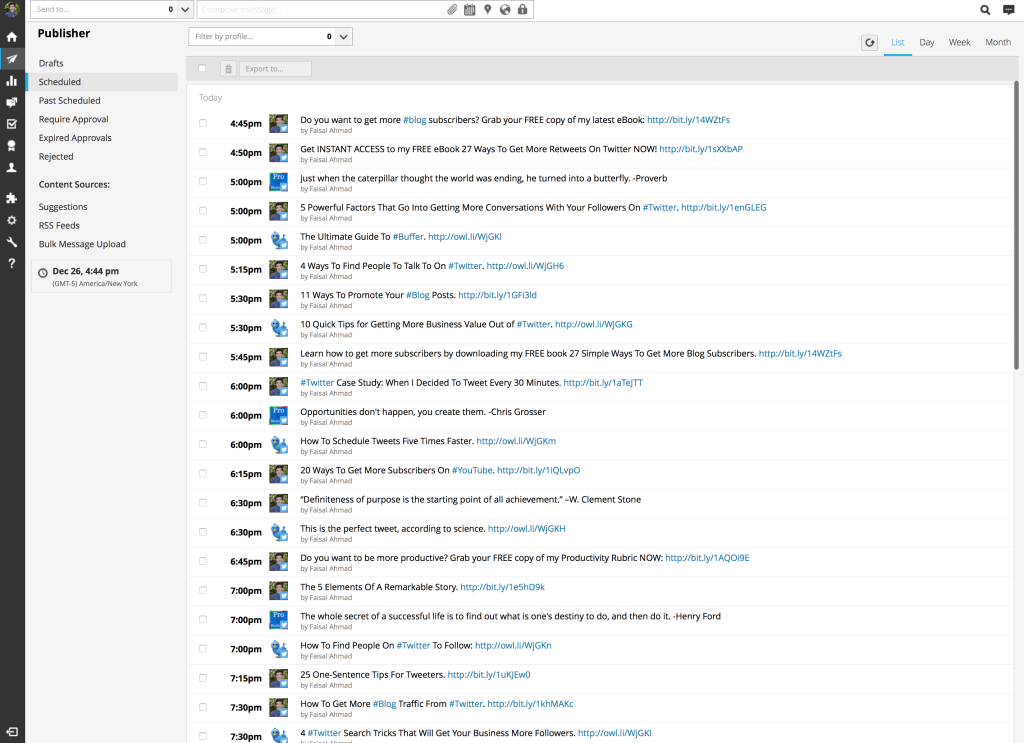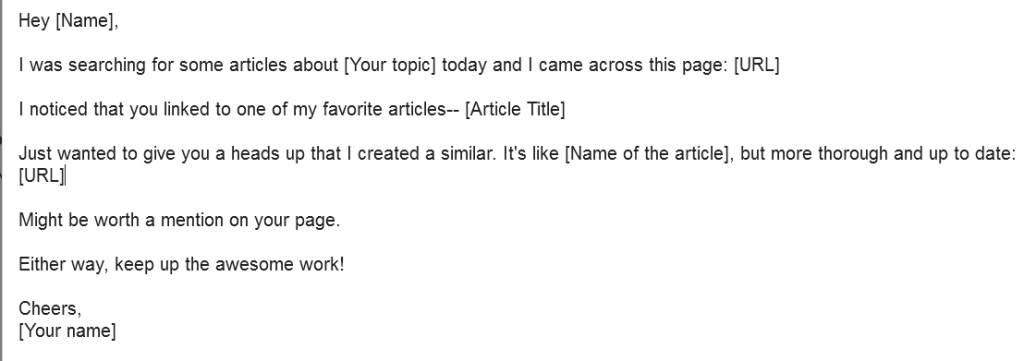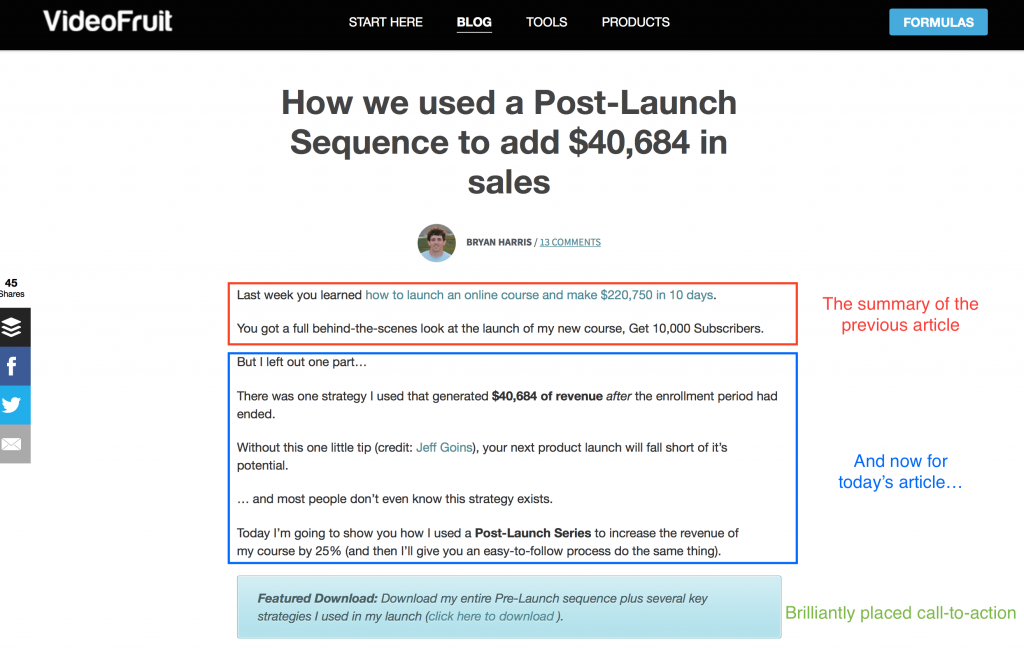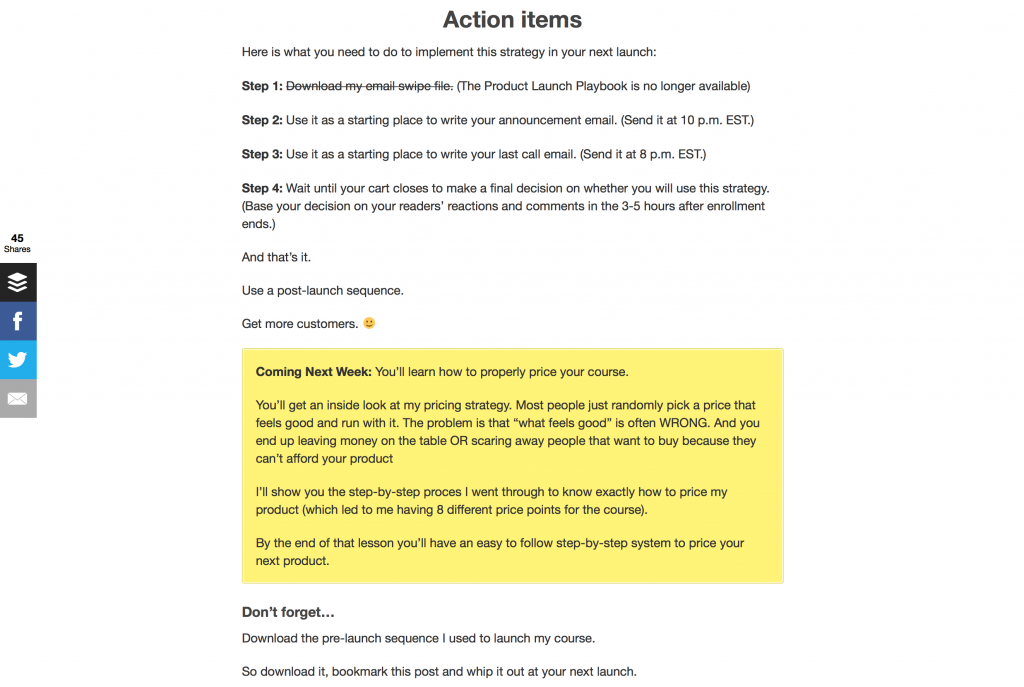
One of the questions on top of every successful blogger or rising blogger’s mind is, “How do I write better content?”
The truth about blogging is that blogging is an art. There is a certain way to structure the blog posts and write what needs to be written.
You don’t want to write a blog post for the sake of writing it. You want it to be compelling and attention-grabbing. It’s easy to write a blog post. It is more challenging to write a memorable one.
A large percentage of writing more blog posts is simply practice. If you want to walk down memory lane with this blog, you will discover that my oldest blog posts are skeletons compared to the blog posts I write now.
I wasn’t the best of writers when I started. I just got better and better at my craft. In fact, I continue to get better. It is possible that 10 years from now this exact blog post looks like a skeleton compared to what I write in the future.
So how exactly do we write better blog posts that our readers will love? Here are some tips:
#1: Craft An Appealing Title
The title of your blog post lets your readers know what will be discussed in the blog post. Be too vague and readers will get confused. Their time is too precious, so most readers will choose to ignore those blog posts.
You want to craft a title that gets the main point across (what the blog post is actually about) and use pull-words in the process.
The next time you are reading other people’s blog, pay closer attention to the titles of the blog posts. Which titles grabbed your attention the most? Which words did those titles use? What were the blog posts about?
Asking yourself these questions now will help you to craft better titles for your own blog posts later.
#2: Have A Strong Introduction
Once people start reading your blog post, they are committing some of their valuable time to reading the blog post.
But since their time is valuable and these people are busy, you need to compel them right away. You do that with a strong introduction.
A strong introduction creates a more vivid picture of what the blog post will discuss. At the same time, it is engaging because it speaks to the people reading it.
When you write a blog post title, you need to consider what type of person would read the blog post from start to finish. If I write a blog post called “3 Ways To Get More Twitter Followers,” I know a few things about the readers of that blog post:
- They have their own Twitter accounts
- They want more followers
- They want a big audience
- They may want to use Twitter to grow the audience
Now that I know these four characteristics make up the people who read that particular blog post, I can speak to them.
In the introduction, I would touch upon their desire to grow a large Twitter audience, how I did it after a lot of hard work, and how they can get the same results. Then I would discuss the methods.
You aren’t writing blog posts for every person in your audience. Even if your audience is targeted. You are specifically writing for that reader who will read your blog post from start to finish.
I know that if I write the blog post “3 Ways To Get More Twitter Followers” and published it tomorrow that not everyone in my audience will read it.
Some will look at that title and think, “This isn’t what I need right now. I want to read something else.”
If someone does not have a Twitter account, then that person won’t care much for that blog post.
So even when you have a targeted audience, you are still not writing each of your blog posts for everyone. When you write a blog post, you have to get hyper targeted.
You have to look at your targeted audience and ask yourself these questions:
- Which level of expertise do they have (are you writing for a beginner or someone more advanced)
- For the purposes of this blog post, what area(s) within my niche should these people have a strong interest in?
My niche is digital marketing. This blog post is aimed at people who have blogs and have been writing blog posts for a while.
People who don’t fit that criteria may skip or skim through this blog post. People with the criteria may read most or all of this blog post.
#3: Spend More Time Writing Blog Posts
The more time you spend improving your writing, the better your writing will become. I make it a point to either craft an outline or write a blog post every day.
The reason is that performing the same action every day allows you to get better. That action also becomes an effortless habit.
Writing a blog post like this used to take up a large portion of my time. I struggled to think about the next sentence and how the blog post would advance.
Now I type away and barely think about what I am typing. The thoughts and idea come more natural to me than they did a few years ago.
Find some time every day to improve upon your craft. Once you commit that much time to blogging, then it is only a matter of time before you become an excellent blogger.
#4: Make Your Blog Posts Easy For Readers To Consume
Every time a reader reads through your blog post, they are consuming content. At the same time, these consumers have small attention spans (nothing personal. It applies to everyone. The average person’s attention span is smaller than that of a goldfish).
If it is difficult for your readers to consume your content, then they won’t stick around.
Making your content compelling makes the consumption process easier. However, there is another element in play. It is the same critical element that got you to reach this point of the blog post.
The truth about my blog posts is that to some degree I think of each of them as a Thanksgiving dinner.
Lots of content (food) for people to consume. I’m talking about the Thanksgiving dinner with eight or more guests.
For the sake of this particular Thanksgiving dinner, let’s say you had to eat all of the food. You could eat it within any time allocation.
Would you rather have all of that food put on one plate and eat all of the food in one bite, or would you rather eat the food more gradually and have it split amongst 30 plates.
Once you split up the food, it no longer looks intimidating. In the same way, once you split up the content within your blog post, it no longer looks hard to read.
I could have organized all of this content into one big paragraph. The only problem is that no one would stick around.
Instead, you need to break your blog post into numerous paragraphs. I’m not talking about the 4-5 liners. Those are too long nowadays.
I am talking about 1-2 line paragraphs must like this one.
This strategy just makes it easier for anyone to read your blog posts, even the skimmer. Skimmers will read small portions of each paragraph and absorb the best stuff.
If you make your paragraphs short like this, then any reader, even the skimmer, will absorb more from the blog post than if you made the blog post one massive paragraph.
#5: Learn More About Your Niche
No matter how much you know about your niche, you can always learn more about it. I often find myself reading books and blog posts about my niche and watch YouTube videos about my niche when I’m not reading about it.
Learning more about your niche gives you more expertise that you can provide to your readers. You get to diversify your blog posts while staying within your niche.
In my opinion, the best way to learn more about your niche is to read other blogs within your niche. Not only do you get to learn more about your niche, but you also get exposed to new writing styles.
Other blogs I read have influenced the way I write and structure my blog posts. Expose yourself to different styles of writing, and then you will choose the style that appeals to you the most.
Then add your own flair to it.
In Conclusion
The most successful bloggers aren’t the ones who focus on getting traffic. The most successful bloggers are the ones who focus on writing valuable content.
Once they master valuable content creation and then go after the traffic, visitors will come and stick around.
You can’t focus on getting traffic in the beginning because no matter how much traffic a bad blog post gets, the traffic will not stick around.
You don’t have to be the best writer among us before you focus on getting traffic. However, you need to have enough confidence in your style of writing that you can firmly declare that every blog post you write is going to be epic.
Which of these tips was your favorite? Do you have any other methods for writing better blog posts? Do you think bloggers should first focus on traffic or writing epic content? Sound off in the comments section below.









